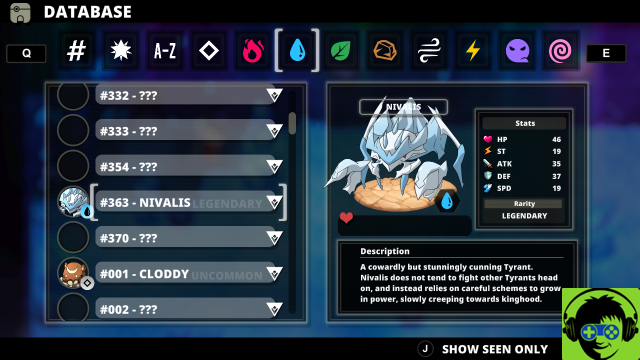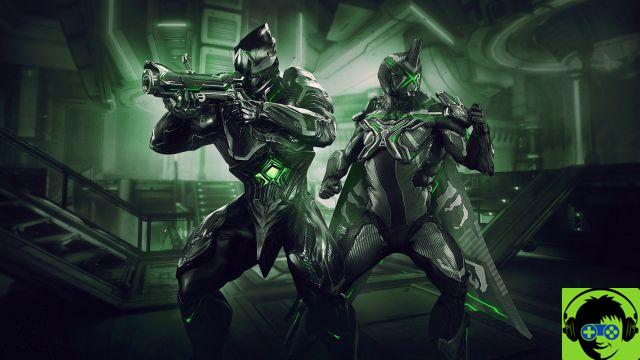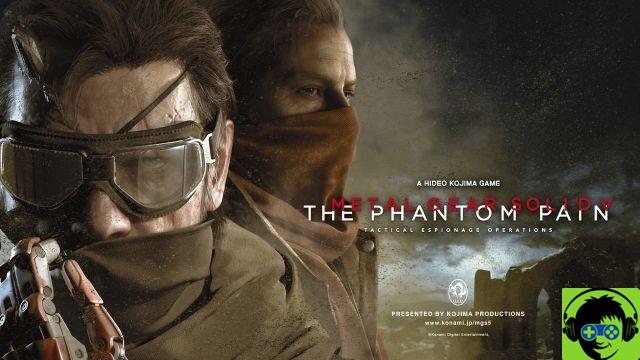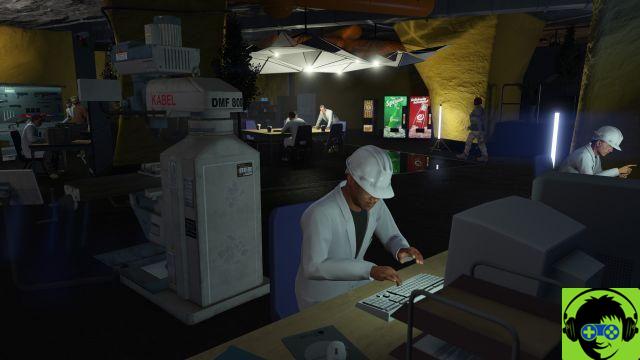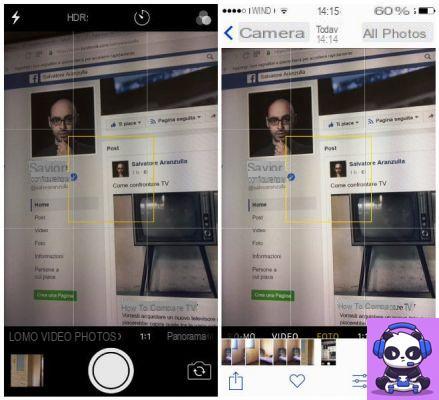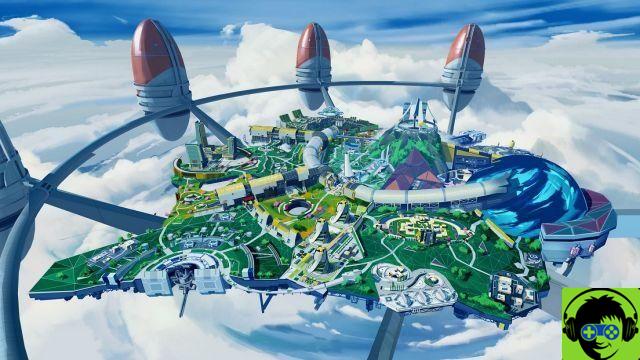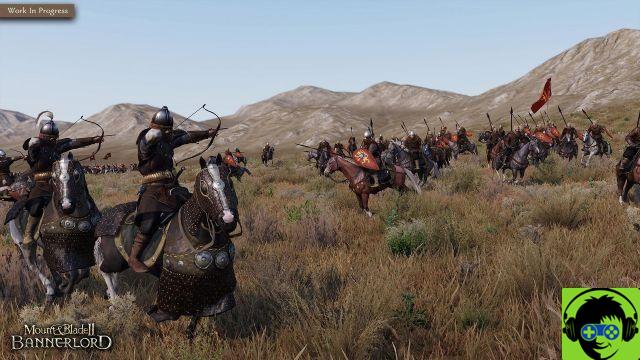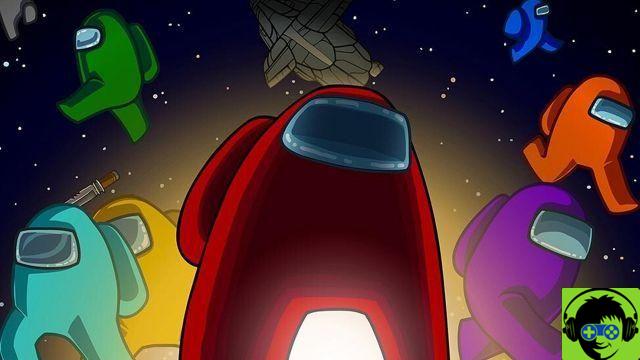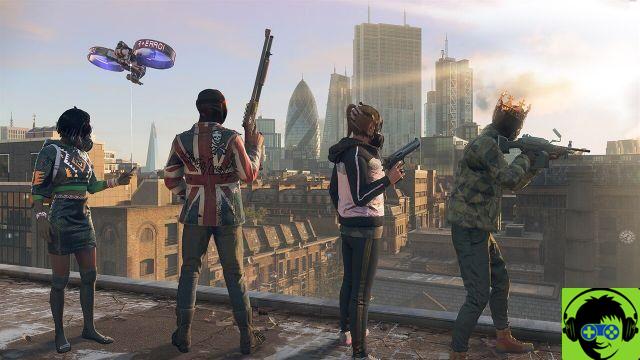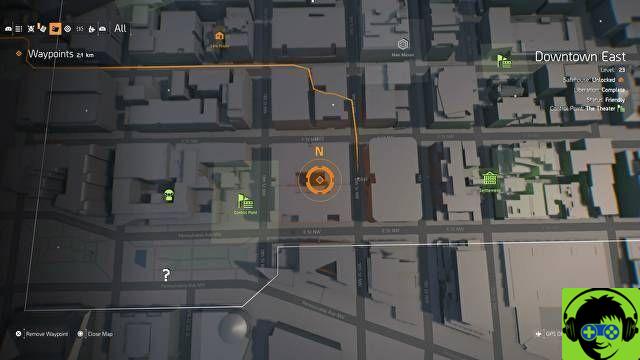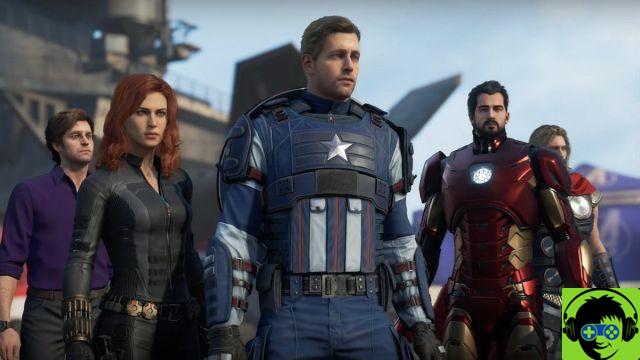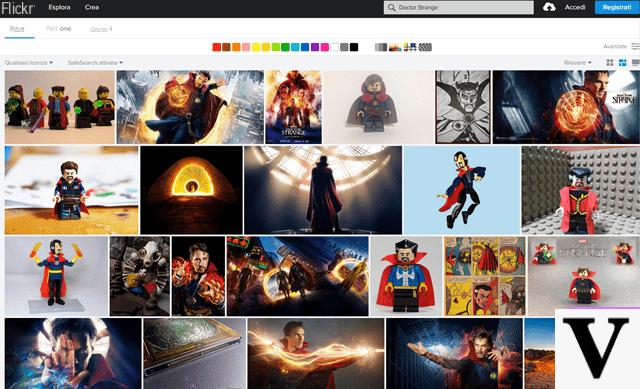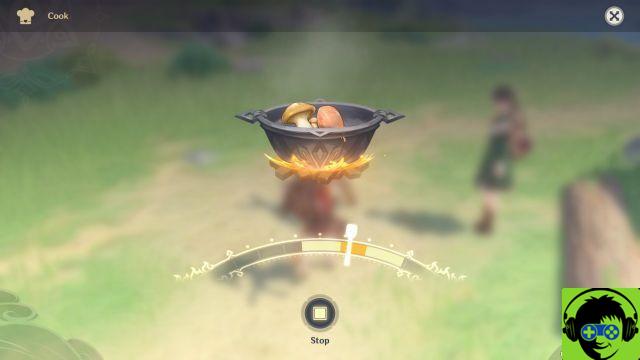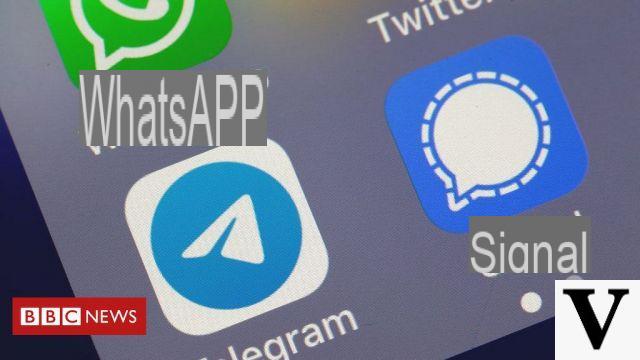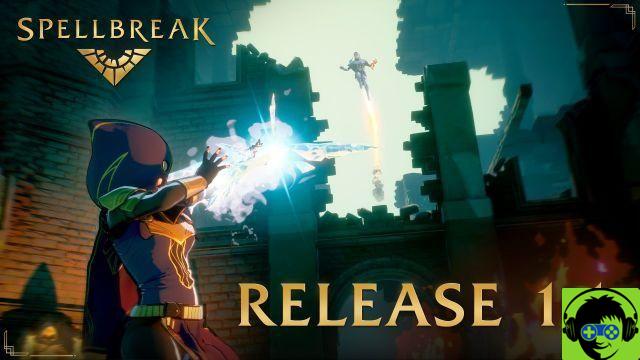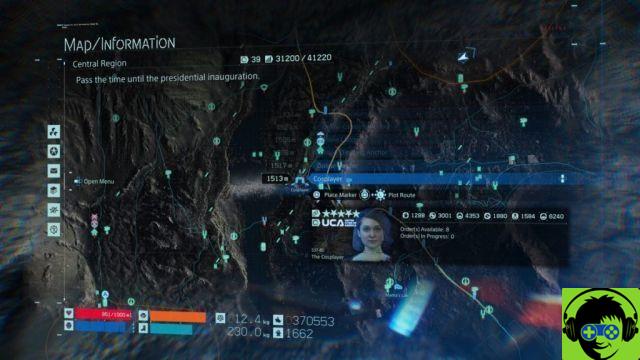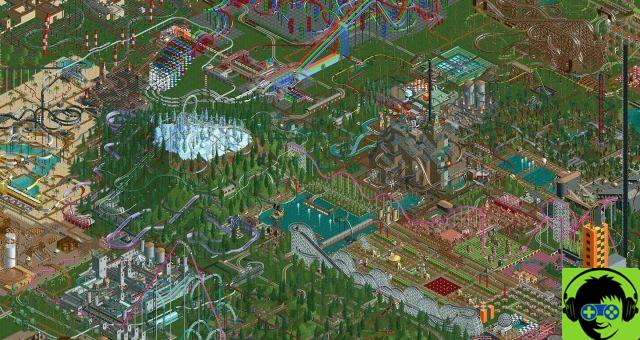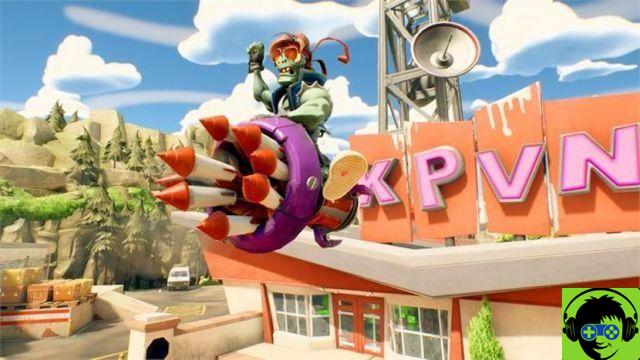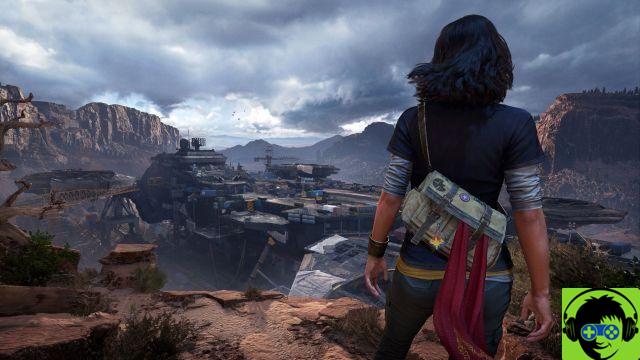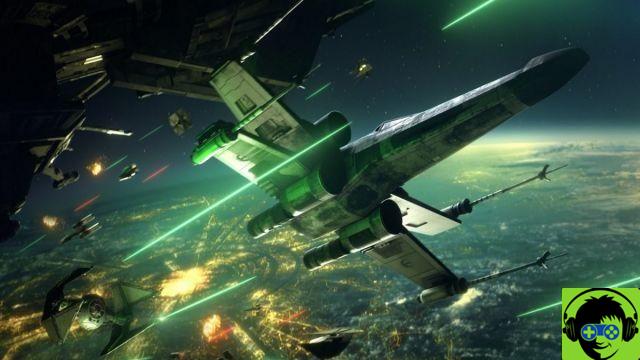
Components are the life and blood of your starfighter in Star Wars: Squadrons. They make up your ship's loadout, making them a unique star hunter, even on your team. Your team of five can have two pairs of X-wing Fighter classes, but the two can do something different. One might be better suited for damaging a capital ship, while the other is made for hunting down enemy star hunters and dogfighting. It all comes down to the components inside your ship. Here are all of those components and what they do.
All components
Auxiliaries
Auxiliaries are active components on your starfighter. These are a special use that you can activate to aid you in combat, usually in the form of a missile, useful droid supply, or a powerful beam attack.
- Assault Shield: Directs all shields towards the front of your ship, protecting your forehead but leaving your back exposed.
- Auto Ion Cannon: A secondary weapon that unleashes ion-based attacks, eliminating shields.
- Beam Cannon: A composite beam that triggers a direct attack, ideal for large ships. You cannot maneuver while it is active.
- Cluster Missile: Fire up to four missiles at a locked target.
- Concussion Missile: A standard missile that pursues a locked target or can be fired directly in front of you without a target.
- Goliath Missile: A larger concussion missile that sets off a loud explosion, perfect for multiple targets.
- Ion Bomb: A proton bomb designed to trigger an ion attack, disrupting electronics and shields. A close attack.
- Ion missile: ionic version of a missile, disrupting electronics and shields on impact.
- Ionic Torpedo: An Ionic version of the torpedo, capable of being fired from heavy ranges to damage a ship's shields.
- Multi-Lock Missile: A barrage of missiles that you can aim at multiple targets, hitting multiple units at the same time, such as different ships and turrets.
- Proton Bomb: A close range bomb that deals a massive amount of damage to all nearby targets.
- Proton Torpedo: This is a torpedo designed exclusively for use against capital ships.
Countermeasures
Countermeasures are active components that you want to use to defend yourself against enemy missiles. You need to know when an enemy has locked you down, and when that happens you can expect a heavy missile or launcher to come right after you.
- Glitter Particles: A cloud of heavy particles coming from your hunter's engines. You can use it to remove a lockdown from an enemy ship and disrupt any missiles from other star hunters or a capital ship to protect yourself.
- Seeker Warheads: Fire a barrage of defensive missiles that the enemy fired from behind.
- Sensor Inverter: A short-range burst that scrambles the sensors of an enemy ship. It's not something you want to use remotely.
- Sensor Jammer: Prevent any attempt to lock and prevent any missile heading straight towards you. It's useful at any distance, but it comes with a significant recharge time.
hulls
The shell is a passive component that can also be found on your starfighter. It determines speed, defenses, how quickly an enemy can lock on to you, and the level of replenishment of your armor.
- Shock Absorber Shell: A shell designed to prevent star hunters and capital ships from locking into it, but it has less health as a result.
- Deflector Shell: A shell designed to add more protection and have more shields as a result, but has less health as a result. Sheild's health will regenerate, but hull armor will not.
- Ferroceramic Shell: A basic shell with no clear bonuses for any of your hunter's components. Ideal as a balanced choice.
- Laminasteel Shell: A sturdy shell designed to withstand heavy physical attack, but weak to beams and lasers.
- Lightweight / Nimble Hull: A lightweight hull designed to make your starfighter blazingly fast, yet exposed to heavy damage even during minor attacks.
- Reflec shell: This shell is covered with a reflective polymer, making it invisible to radars, over a certain distance. It is weaker and easily damaged.
- Reinforced Hull: A heavy hull that while not making your hunter any faster, is ideal for taking heavy damage.
Moteurs
How fast is your starfighter? The motor determines the speed and ability of your starfighter to accelerate quickly. It also determines how quickly your maneuverability is during a battle, which makes you a more difficult target.
- Jet / Ion Jet Engine: This engine gives more power to your starfighter's thrusters, giving you great bursts of speed when you need it.
- Microthrust Engine: This engine gives more power to your micro thrusters so you can make quick, nimble turns, but your overall speed and acceleration is lower.
- Propulsion Motor: This motor allows you to quickly accelerate and stop much faster, ideal for following enemies and preventing others from getting behind you.
- SLAM Engine: The SLAM engine generates afterburner fuel at lower energy levels, ensuring your afterburner is always available during a fight. But it does reduce your overall speed. The more energy you put into the motors, the faster your afterburners are generated.
- Sublight / Twin Ion Motor: The standard base motor that any starfighter wants to use. It is a balanced piece of equipment that does not excel in any category.
- Thrust Motor: This motor puts more emphasis on overall speed, but your acceleration and deceleration is not as good, as is your handling.
- Unstable Motor: This motor removes all safety protocols for you and gives you insanely high speeds, but your health is lower. However, when you die, the engine explodes, potentially damaging nearby enemy ships.
Primary weapons
The main attack lasers of your starfighter. Your laser cannons have a variety of choices, and they are an active component. It determines the firing pattern of your ship and the damage your ship can do with pure lasers.
- Auto / Guided Laser Cannon: Lasers automatically fire at the target in front of you, but they do less damage.
- Burst Cannon: A semi-automatic cannon that fires a short burst of lasers each time you pull the trigger. You want to have a good goal for this one.
- Guided Burst / Guided Quad Cannons: A guided burst and quadruple cannon that automatically locks onto your enemies, hitting with lasers at long range, but has a short delay after its burst. They do less damage than unguided lasers.
- Rotary Guided Cannon: These cannons have a short wind-up time before firing, firing a strong burst of cartridges after loading. It does less damage than the unguided version.
- Ion Cannon: An ion-based shot that deals more damage to enemy shields than to hull and hunter armor.
- Laser Cannon: The standard weaponry for any star hunter pilot. It is a balanced choice, which does not exceed in any category.
- Plasburst Laser / Plasburst Cannon: A cannon that you fire or charge freely to deal more damage. The longer you charge this attack, the more damage it does on impact, but it has a short range.
- Rapid Fire Cannon: A rapid gun that has low capacity, but has a short range, making it a choice for a fast-firing close-range hunter.
- Rotary Cannon: A slow-starting cannon that comes with a heavy barrage when it releases and can fire continuously for an extended period of time.
Shields
A shield protects your starfighter from a variety of attacks, such as missiles, lasers, and torpedoes. It's a layer on top of your starfighter's shell, which when lowered comes back after a while.
- Conversion Shield: A shield that consumes your laser ammo to create a brief invulnerable shield around your ship when your original shields collapse.
- Deflector Shield: A balanced deflector shield capable of protecting you in battle. It is a standard choice, used by most pilots.
- Fortified Deflector: A heavy shield that can take massive damage, but has a slow recharge rate.
- Nimble Deflector: A fast shield that can't take too many enemy shots, but recharges quickly.
- Overloaded Shield: A high-risk shield that reduces your overall damage. It projects a powerful shield around your ship, but it won't replenish after it falls.
- Ray Shield: A specific shield designed to defend against enemy laser fire, but not designed to withstand heavier objects, such as missiles or torpedoes.
- Resonating Shield: A shield that routes the extra energy given to it to your lasers when at full capacity, but lowers your maximum shields and has no shield disintegration.
- Scrambler Shield: A shield that emits a small frequency at full power that makes it harder for enemy fighters to lock onto your ship. But it takes longer to start recharging his shields.




